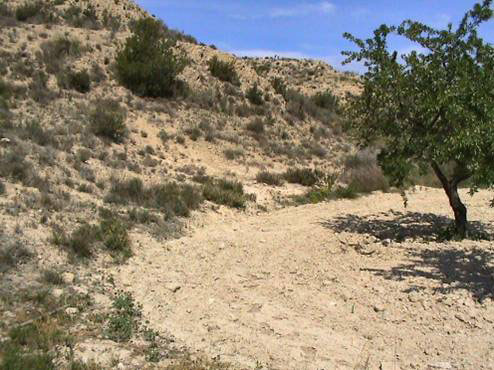Spain
The structure of flower visitation webs: how morphology and abundance affect interactions patterns between flowers and flower visitors

Fig.1: Diversity of flower morphology in the studied Spanish flower visitation web
Interaction patterns between plants and flower visitors in a Mediterranean flower visitation web can be explained surprisingly well by the combination of two simple mechanisms. Firstly, the size threshold that the nectar tube depth of flowers puts on the tongue length of potential flower visitors; and secondly, random interactions proportional to the frequency of tube depths and tongue lengths in the local species pool. Simulation models revealed that the combination of these factors can reproduce the observed variation in the number of interaction partners, the observed asymmetry of plant - flower visitor interactions, and the degree of morphological matching between tube depth and proboscis length. The study shows also that the frequency distributions of tongue lengths and tube depths have a profound influence on the interaction patterns. The shapes of the observed trait distributions resemble ubiquitous lognormal body size distributions. Knowledge about the structure of flower visitation webs and the underlying causes is essential for understanding the evolution of plants and their pollinators. It also provides an important tool for biodiversity conservation.

Fig.2: One of the research plots in Spain
